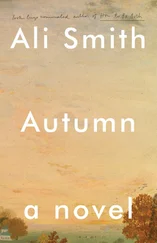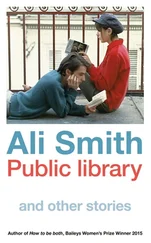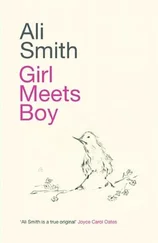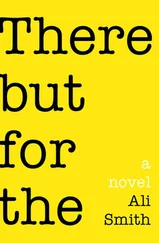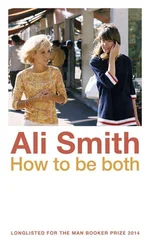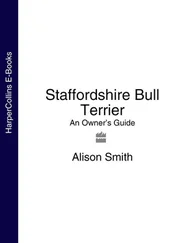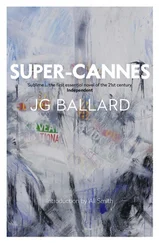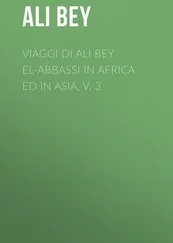And this is Thom Gunn, talking of Yvor Winters, on the uses of the poetic form: ‘poetry was an instrument for exploring the truth of things, as far as human beings can explore it, and it can do so with a greater verbal exactitude than prose can manage.’
Why? Why can’t prose ‘manage’ this ‘greater verbal exactitude’? Simply because we don’t allocate to prose the lingual attention, the aura, the essentiality, that we do to poetry? Because we want the forms to be different?
Form is a matter of clear rules and unspoken understandings, then. It’s a matter of need and expectation. It’s also a matter of breaking rules, of dialogue, crossover between forms. Through such dialogue and argument, form, the shaper and molder, acts like the other thing called mold, endlessly breeding forms from forms.
Not marble nor the gilded monuments
of princes shall outlive this powerful rhyme,
But you shall shine more bright in these contents
Than unswept stone besmeared with sluttish time.
When wasteful war shall statues overturn,
And broils root out the work of masonry,
Nor Mars his sword, nor war’s quick fire shall burn
The living record of your memory.
Gainst death and all oblivious enmity
Shall you pace forth, your praise shall still find room
Even in the eyes of all posterity
That wear this world out to the ending doom.
So, till the judgement that yourself arise,
You live in this, and dwell in lovers’ eyes.
The power of the artform is stronger than stone, the poet says, and chooses the sonnet, a form concerned with argument and persuasion, to say so. This sonnet, he says, will last longer than any gravestone— and you’ll be made shinier, brighter, by it. In this form it will — and therefore you will — avoid destruction by war, history, time generally; it’ll even keep you alive after death; in fact it’ll form a place for you to live, not die, where you’ll be seen in the eyes of and the context of this love right to the end of time.
But there’s always another story, there’s always another way to see the shape of things: up against Shakespeare’s overweening gorgeous sweet arrogant protective and still very well functioning preservative form, here’s a jarring anecdote from Wallace Stevens:
I placed a jar in Tennessee,
And round it was, upon a hill.
It made the slovenly wilderness
Surround that hill.
The wilderness rose up to it,
And sprawled around, no longer wild.
The jar was round upon the ground
And tall and of a port in air.
It took dominion everywhere.
The jar was gray and bare.
It did not give of bird or bush,
Like nothing else in Tennessee.
The jar, the made thing, the not-natural thing, orders the reality round it, subtracts its wildness, its will; this plain repetitive form in its too-roundedness leaves the world, in which it becomes the central form, ‘sprawling’—it masters ‘everywhere’—and at the same time the poem pushes back at and away from its own formal urge, it argues with itself, refuses to do quite what the form should, syllabically and in terms of our expectations of rhyme. Where’s the rhyme for bush? There isn’t one. Or for wilderness. The only thing that rhymes with Tennessee is Tennessee; same for hill. Rhyme, in this poem, connects air and everywhere to the word bare.
There’ll always be a dialogue, an argument, between aesthetic form and reality, between form and its content, between seminality, art, fruitfulness, and life. There’ll always be a seminal argument between forms — that’s how forms produce themselves, out of a meeting of opposites, of different things; out of form encountering form. Put two poems together and they’ll make a third:
Not Marble: a Reconstruction
A Sqezy bottle in Tennessee,
if you want permanence, will press
a dozen jars into the wilderness.
It’s bright, misspelt, unpronounceably
itself. No one loves you! I guess
there’s amour propre in a detergent not to be
called sluttish. Vulgarity
dogs marble, gildings; monuments are a mess.
Exegi this, exegi that. Let’s say
I am in love, crushed under the weight
of it or elated under the hush of it.
Let’s not just say. I actually am.
Hordes, posterities, judges vainly cram
the space my love and I left yesterday.
Litter-ature! Litter is even brighter than, more powerful than, more enduring than art, and ‘if you want permanence,’ Edwin Morgan says in this 1987 poem, it’ll last. But the poem, absolutely about contemporary forms, unites Stevens and Shakespeare then digs back through the landfill past them both to Shakespeare’s original source for Sonnet 55, Horace’s Odes: exegi monumentum aere perennius: I have raised a monument more permanent than bronze. So what? says Morgan, intent on pushing past the gesture, the ‘just saying’ of words: ‘Let’s not just say. I actually am.’ Morgan revels in the space, the not-marble, the nothing-but-air left by the lovers, into which the future can rush, fill if it likes, because this form, made from nothing-but-air, in being so permeable, is impermeable, the lovers being gone. And the loveliness of the rhyming somersault in Morgan’s sonnet, cr ush ed under the w eight of it or el ate d under the hush of it, bowls him over and we’re back to lightness versus weight again, the relationships between weight, lightness of touch, space, and air.
It’s about the connecting force from form to form. It’s the toe bone connecting to the shoulder bone. It’s the bacterial kick of life force, something growing out of nothing, forming itself out of something else. Form never stops. And form is always environmental. Like a people’s songs will tell you about the heart and the aspirations of that people, like their language and their use of it will tell you what their concerns are, material and metaphysical, their artforms will tell you everything about where they live and the shape they’re in.
For those in the business of making aesthetic forms, the god-business, the business of calibration, the questions and complications of aesthetic presence and absence, instinct and craft, are complex ones riddled with hubris, humility, hope, respect. ‘It will be a great miracle to make a painted man a real one,’ as Michelangelo (translated by Christopher Ryan) wrote in one of his poems; there’s a story about him hitting one of his just-finished statues and yelling, furious, ‘Speak, why don’t you?’ To cut this urge down to size, here’s the start of another of his sonnets: ‘The greatest artist does not have any concept which a single piece of marble does not itself contain within its excess, though only a hand that obeys the intellect can discover it.’ Woolf suggested some similar crucial understanding between thought, essence, reality, and form when she wrote about ‘the born writer’s gift of being in touch with the thing itself and not with the outer husks of words.’ Let’s not just say. I actually am.
We make form and form makes us. Form can gladden us, tease and worry and madden us, like it does in Ciaran Carson’s description of the art of storytelling, near the beginning of his 1999 work, Fishing for Amber:
Or sometimes, plagued by his children for yet another story, my father would appear to yield, and begin, It was a stormy night in the Bay of Biscay, and the Captain and his sailors were seated around the fire. Suddenly, one of the sailors said, Tell us a story, Captain. And the Captain began, It was a stormy night in the Bay of Biscay, and the Captain and his sailors were seated around the fire. Suddenly, one of the sailors said, Tell us a story, Captain. And the Captain began, It was a stormy night in the Bay of Biscay, and the Captain and his sailors were seated around the fire. Suddenly, one of the sailors said—
Читать дальше

